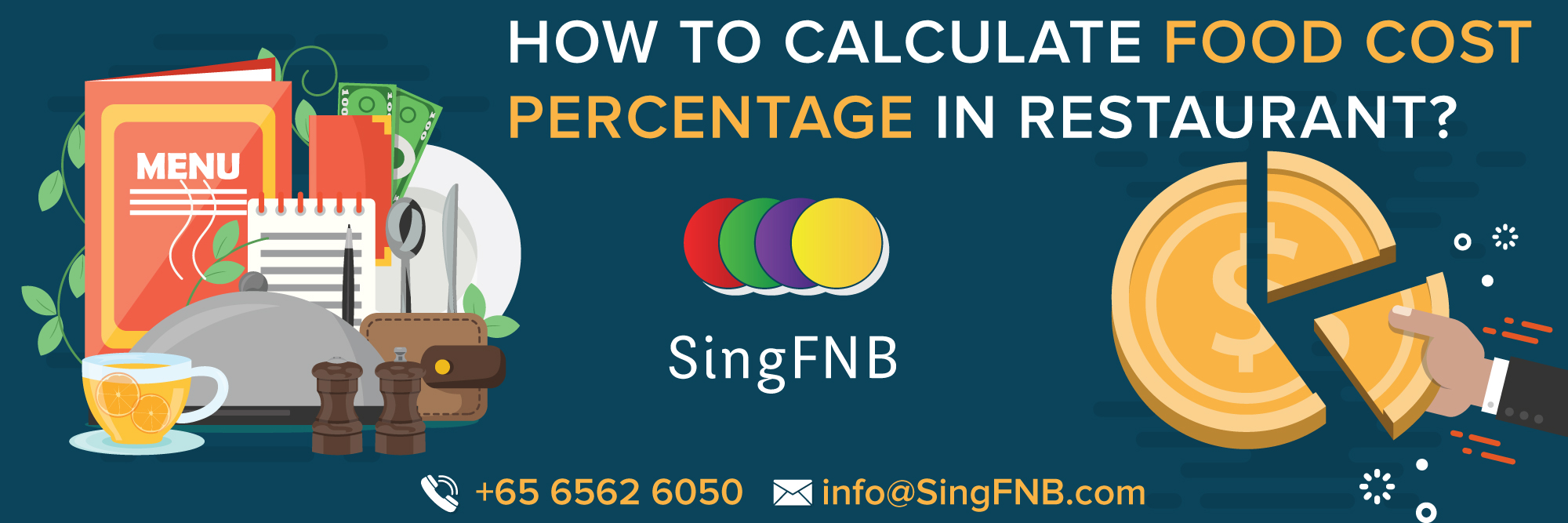HOW TO CALCULATE FOOD COSTS AND GET MENU PRICING RIGHT FOR A PROFIT

Getting menu pricing right is a key factor in restaurant profit. Every good restaurant manager knows that some food items, for example, fish are more expensive than others but in order to calculate https://menupriceshub.com/ food costs correctly and set menu costs at optimal levels it is important to have a good grasp on both direct and indirect costs and understand how these combine to help you accurately calculate food costs. In this article we look at menu costs, explain how to calculate food cost percentage it is so important, and show you two great examples of food cost calculators.
MENU COSTS
As with any other cost calculations, accurate menu costs take into account everything that goes into the production of the food. In order to calculate accurate menu costs both direct and indirect costs should be included as well as a few costs you might not have previously considered.
DIRECT MENU COSTS
These are the food costs that are incurred through the purchase or manufacture of ingredients that make up individual menu items.
The outright costs of all ingredients
The influence of fluctuating food costs
The high or low volume of some dishes
The cost of food waste
INDIRECT MENU COSTS
These are the costs that are not related to food ingredients but rather the other elements that contribute to a menu item.
Labour costs
Additional labour costs for more complicated menu items
Restaurant premises costs
Equipment costs (catering and dining)
Marketing costs
menu pricing
CALCULATING FOOD COST PERCENTAGE
We will see later in this article how food cost percentage is vital to setting menu pricing. Food cost percentage is exactly what it sounds like, i.e. the percentage of your sales that have been spent on food. Food cost percentage is the actual cost of food for a period divided by the total food sales for exactly the same period.
As the cost of ingredients is one of a restaurant?s biggest overheads, it is easy to see why this percentage is so important. It is recommended, for restaurant success that the food cost percentage is kept between 30-35% of total costs. If the food cost percentage is too high this will mean that your restaurant profitability is being adversely affected. If this is the case, the only realistic choices are to increase menu costs (which might impact on footfall) or reduce food costs (which might have quality implications).
MENU PRICING
When it comes to setting your menu pricing, being able to calculate food costs is only the starting point. Your restaurant sales are often your only revenue source and getting the right markup and profit margins are essential to business health. There are several different restaurant pricing methods and it is important to choose the right one for you. Less effective menu pricing options include:
Menu pricing by demand ? restaurant prices are set according to the demand for your specific experience or your distance from competition
Menu pricing by current profitability ? once you understand which of your menu items offer the most profit, menu pricing and sales methods can be adjusted accordingly
By using this site you agree to this Privacy Policy. Learn how to clear cookies here
player unknown battleground download pc LGA Car Service Mike Jeffries: Verguisde voormalige CEO vesovn HitClub – Thế giới game bài đỉnh cao, đổi thưởng không giới hạn! Moonlight Việt Nam Interesting fact about selling land in Idaho buy table lamps online Dịch vụ sửa máy lạnh Bình Dương